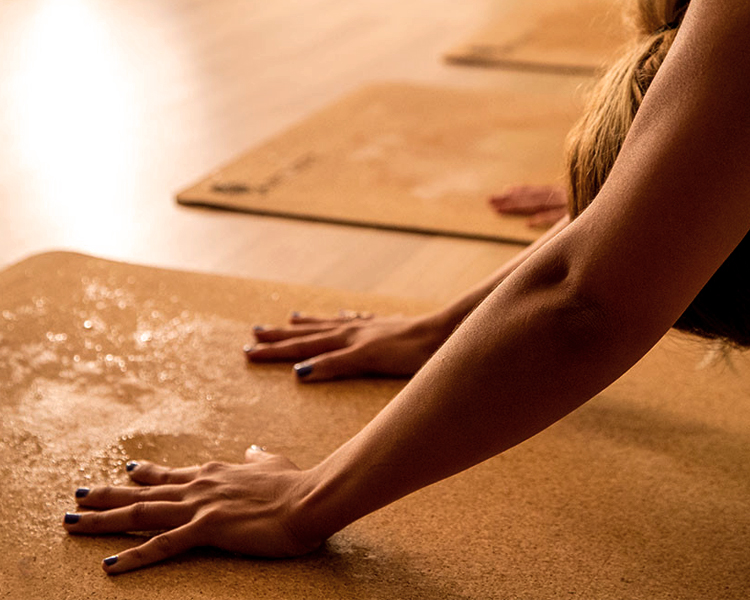
Is hot yoga really safe, and does it actually help you lose weight?
Another factor is sweat – heavy sweating leads to dehydration, the lowering of blood pressure and a rising heart rate. Practitioners may begin to feel nauseated, dizzy and weak. Not only this, but the claim that you are sweating out toxins is not entirely true. Yes, you are releasing sweat – but what that actually consists of is water, salt, ammonia, urea and potassium. To actually eliminate toxins, which exist mostly in the kidneys, liver and colon, you need to clean up your diet, continually do twisting exercises or embark on a natural cleanse (of course, consult with your doctor before you begin any new health program to make sure it is right for your body).
One last important thing to consider is that your body’s natural flexibility reacts to increased heat. Simply put, exercising in heated environments causes increased blood flow, which makes you feel much more flexible than you actually are. This can lead to overstretching of the muscles, joints and ligaments, which can be extremely dangerous. Ligaments do not have much natural room for movement, and when they are stretched beyond their limit, they may stay that way, causing instability in the joints. The last thing you want is to seriously injure yourself going too deeply into a pose.
After all of this, you may be doubting the safety of hot yoga entirely. But it doesn’t have to be black and white. There are many different ways to ensure your safety when practicing heated yoga. First, make sure to listen to your body first and foremost, and know your limits. If something doesn’t feel right, stop doing it – even if the instructor tells you to keep pushing. If you begin to feel nauseated or extremely dizzy, make sure to rest on your mat or leave the room entirely. There is absolutely no shame in protecting yourself from heat exhaustion.
Also remember to drink extra water leading up to, during, and after your practice. For a more accurate idea of how much water to drink, try weighing yourself before and after the class, and drink about 20 ounces of water for every pound of water weight dispelled during the practice. Try a few different styles of hot yoga (maybe Hatha and Vinyasa) and also practice in studios that have varying temperatures. For some people, the extreme heat and humidity of Bikram yoga is deeply unpleasant, while others enjoy it immensely. Find the studio (and temperature) that is right for you. Last but not least, do research about the instructor who is teaching your hot yoga class, and pay attention to what they say and how they act during practice. Make sure that you only take classes from instructors who truly pay attention to – and care about – their students. This will ensure that you get the most out of the practice and stay safer under the watchful eye of a conscientious teacher.
Sources
- Amber Larsen, Breaking Muscle, “Hot Yoga: The Dangers and Myths You Need to Know,” http://breakingmuscle.com/yoga/hot-yoga-the-dangers-and-myths-you-need-to-know
- Orly Avitzur, Consumer Reports, “3 Hidden Dangers of Hot Yoga and Other Exercise Fads,” http://www.consumerreports.org/cro/2014/02/dangers-of-hot-yoga/index.htm
